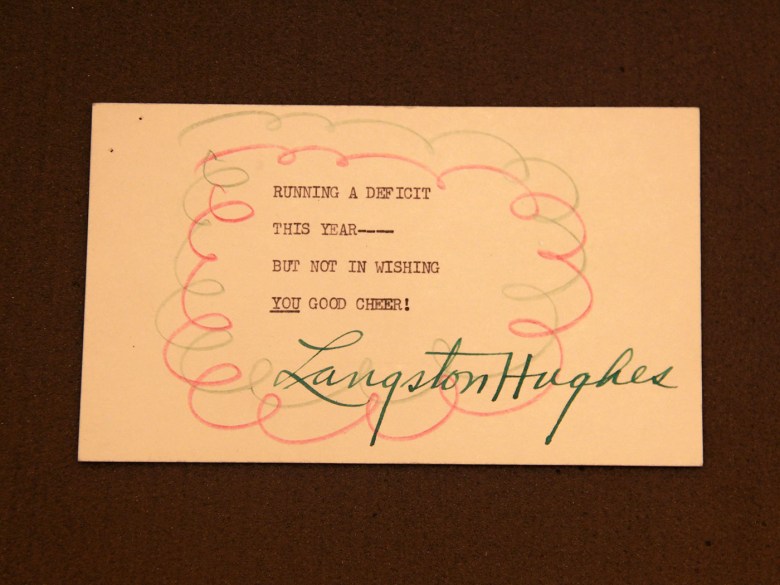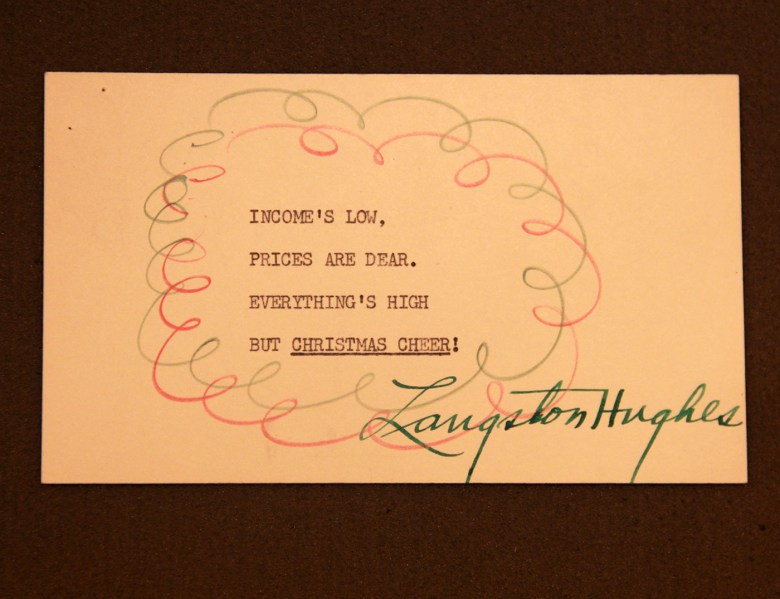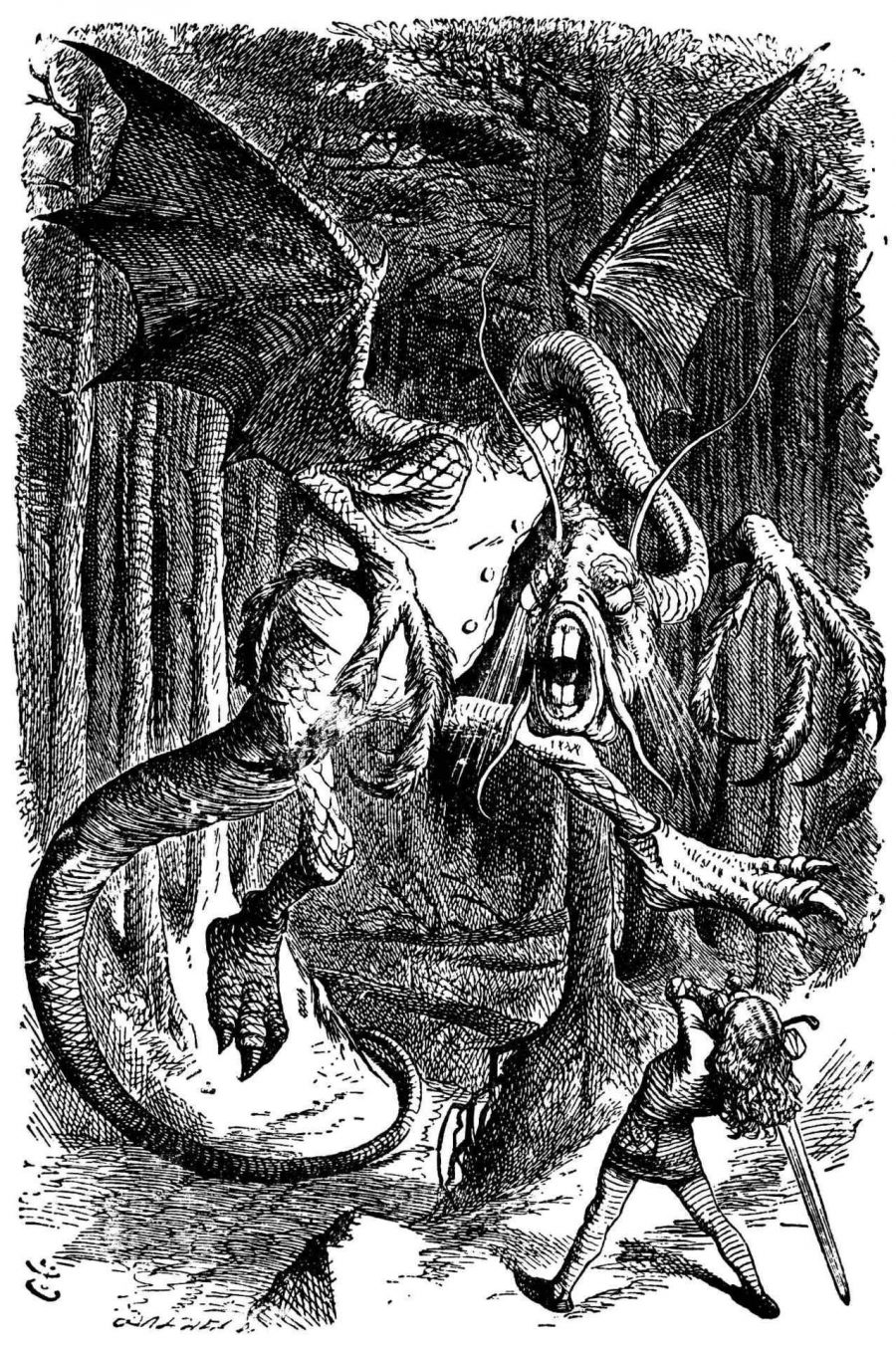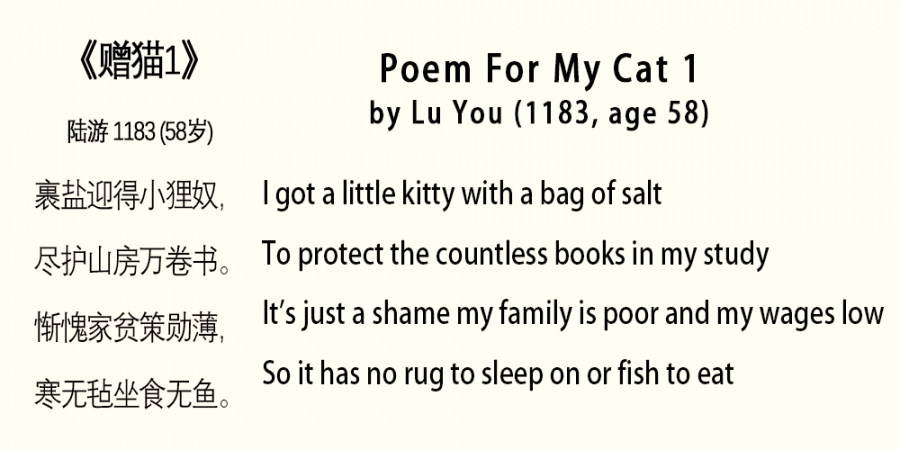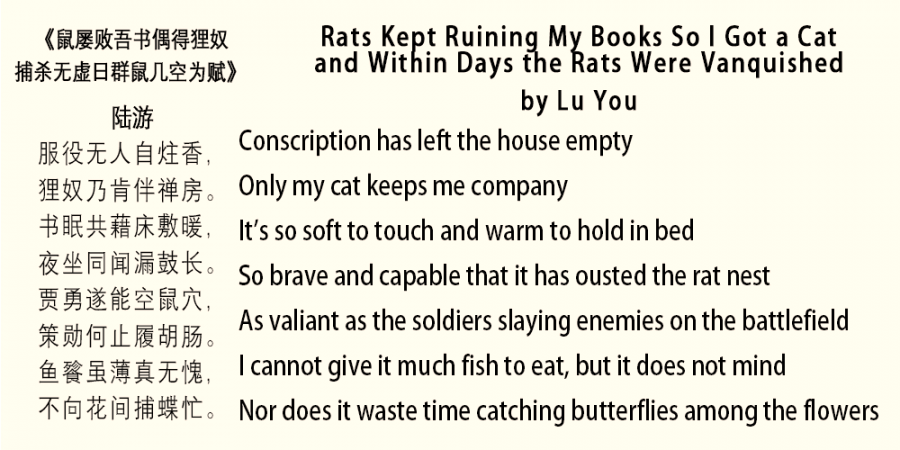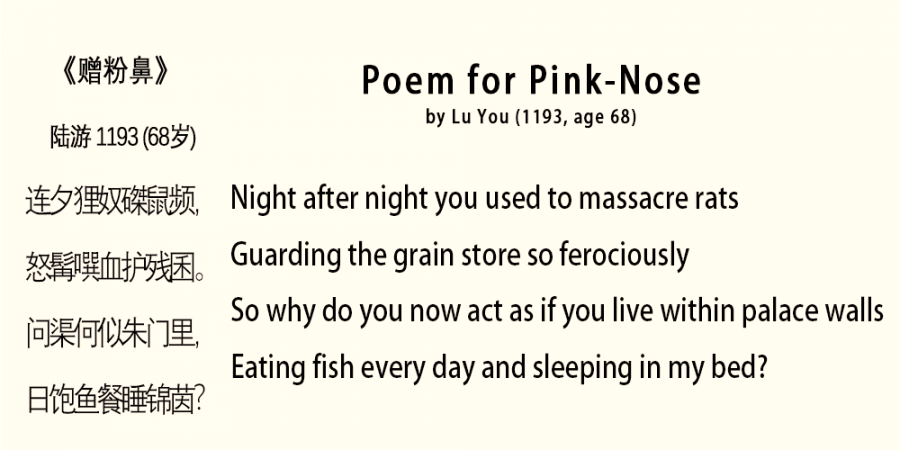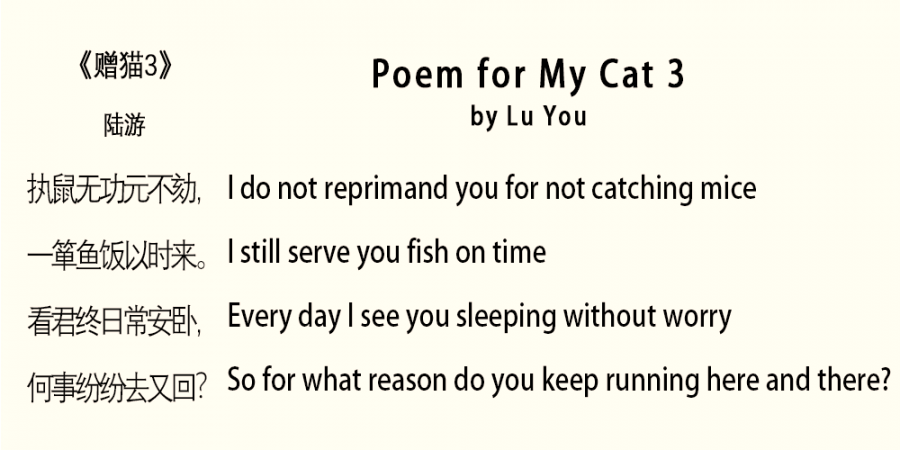Thanks for allowing me to be a poet. A noble effort, doomed, but the only choice. —John Giorno, Thanx for Nothing
Dialing a poem today, I’m connected to Joe Brainard, who died of AIDS-related pneumonia in 1994, reading an excerpt of “I Remember.” He stumbles over some words. It’s exciting. There’s a feeling of immediacy. When the reading ends in an old-fashioned dial tone, I immediately think of a half-dozen friends I’d like to call (assuming they respond to something that’s not a tag or text).
“Take down this number,” I’d say. “641–793-8122. Don’t ask questions. Just call it. You’ll love it.”
And they probably would, though they wouldn’t hear the same recording I did.
As Dial-A-Poem’s founder, the late John Giorno, remarked in a 2012 interview:
A person asked me the other day: “What happens if I listen to a poem and I want to tell a friend to listen to it?” I told him: “Well, she can’t.” [laughs] That’s the point. What happens is, when things are really successful, you create desire that is unfulfillable. That’s what makes something work.
Giorno established Dial-A-Poem in 1968, placing ten landlines connected to reel-to-reel answering machines in a room in New York City’s Architectural League:
I sort of stumbled on [the concept] by chance… I was talking to someone on the telephone one morning, and it was so boring. I probably had a hangover and was probably crashing, and I got irritable and said to myself at that moment, “Why can’t this be a poem?” That’s how the idea came to me. And we got a quarter of a page in The New York Times with the telephone number you could dial.
In its first four-and-a-half months of operation, Dial-A-Poem logged 1,112,237 incoming calls, including some from listeners overseas. (The original phone number was 212–628-0400.) The hours of heaviest traffic suggested that a lot of bored office workers were sneaking a little poetry into their 9‑to‑5 day.
Dial-A-Poem reconceived of the telephone as a new media device:
Before Dial-A-Poem, the telephone was used one-to-one. Dial-A-Poem’s success gave rise to a Dial-A-Something industry: from Dial-A-Joke, Dial-A-Horoscope, Dial-A-Stock Quotation, Dial Sports, to the 900 number paying for a call, to phone sex, and ever more extraordinary technology. Dial-A-Poem, by chance, ushered in a new era in telecommunications.
Featured poets included such heavy hitters as William S. Burroughs, Patti Smith, Allen Ginsberg, Ted Berrigan, Robert Creeley, Sylvia Plath, Charles Bukowski, and Frank O’Hara (who “only liked you if you wrote like him”).
The content was risqué, political, a direct response to the Vietnam War, the political climate, and social conservatism. No one bothered with rhymes, and inspiration was not necessarily the goal.
Unlike Andy Warhol, Jasper Johns, and other career-minded artists who he hung out with (and bedded), Giorno never made a secret of his homosexuality. Sexually explicit and queer content had a home at Dial-a-Poem.
Meanwhile, Dial-a-Poem was featured in Junior Scholastic Magazine, and dialing in became a homework assignment for many New York City Public School students.
Two twelve-year-old boys nearly scuppered the project when one of their mothers caught them giggling over the Jim Carroll poem, above, and raised a ruckus with the Board of Ed, who in turn put pressure on the telephone company to discontinue service. The New York State Council on the Arts’ lawyers intervened, a win for horny middle schoolers… and poetry!
For anyone interested, an album called You’re A Hook: The 15 Year Anniversary Of Dial-A-Poem (1968–1983) was released in 1983. Vinyl copies are still floating around.
If you dial 641.793.8122, you can still access recordings from an archive of poetry, notes SFMoMA.
via Messy Nessy
Related Content:
Stream Classic Poetry Readings from Harvard’s Rich Audio Archive: From W.H. Auden to Dylan Thomas
Cartoonist Lynda Barry Reveals the Best Way to Memorize Poetry
Ayun Halliday is an author, illustrator, theater maker and Chief Primatologist of the East Village Inky zine. She most recently appeared as a French Canadian bear who travels to New York City in search of food and meaning in Greg Kotis’ short film, L’Ourse. Follow her @AyunHalliday

